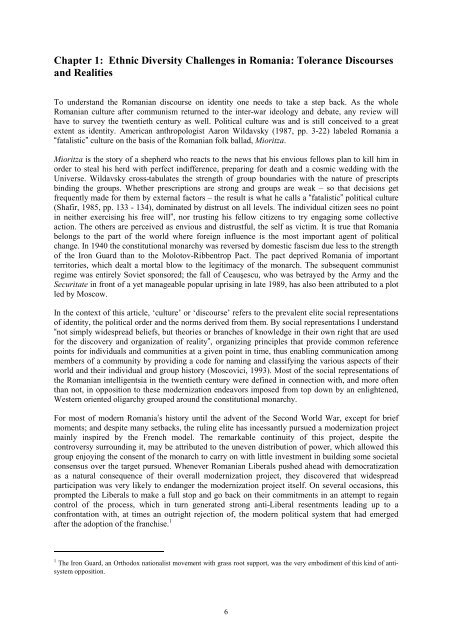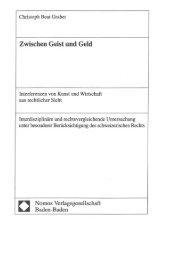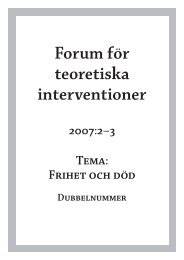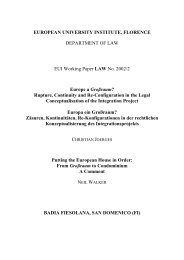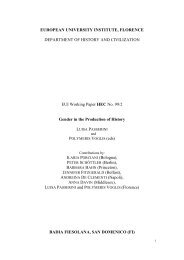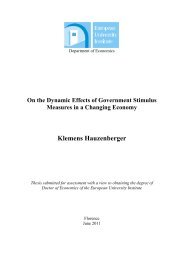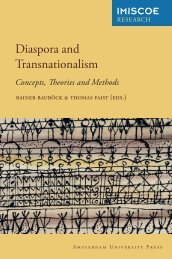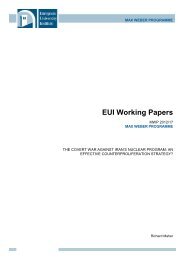Sinziana-Elena Poiana Ioana Lupea Irina-Madalina Doroftei Alina ...
Sinziana-Elena Poiana Ioana Lupea Irina-Madalina Doroftei Alina ...
Sinziana-Elena Poiana Ioana Lupea Irina-Madalina Doroftei Alina ...
Create successful ePaper yourself
Turn your PDF publications into a flip-book with our unique Google optimized e-Paper software.
Chapter 1: Ethnic Diversity Challenges in Romania: Tolerance Discourses<br />
and Realities<br />
To understand the Romanian discourse on identity one needs to take a step back. As the whole<br />
Romanian culture after communism returned to the inter-war ideology and debate, any review will<br />
have to survey the twentieth century as well. Political culture was and is still conceived to a great<br />
extent as identity. American anthropologist Aaron Wildavsky (1987, pp. 3-22) labeled Romania a<br />
“fatalistic” culture on the basis of the Romanian folk ballad, Mioritza.<br />
Mioritza is the story of a shepherd who reacts to the news that his envious fellows plan to kill him in<br />
order to steal his herd with perfect indifference, preparing for death and a cosmic wedding with the<br />
Universe. Wildavsky cross-tabulates the strength of group boundaries with the nature of prescripts<br />
binding the groups. Whether prescriptions are strong and groups are weak – so that decisions get<br />
frequently made for them by external factors – the result is what he calls a “fatalistic” political culture<br />
(Shafir, 1985, pp. 133 - 134), dominated by distrust on all levels. The individual citizen sees no point<br />
in neither exercising his free will”, nor trusting his fellow citizens to try engaging some collective<br />
action. The others are perceived as envious and distrustful, the self as victim. It is true that Romania<br />
belongs to the part of the world where foreign influence is the most important agent of political<br />
change. In 1940 the constitutional monarchy was reversed by domestic fascism due less to the strength<br />
of the Iron Guard than to the Molotov-Ribbentrop Pact. The pact deprived Romania of important<br />
territories, which dealt a mortal blow to the legitimacy of the monarch. The subsequent communist<br />
regime was entirely Soviet sponsored; the fall of Ceauşescu, who was betrayed by the Army and the<br />
Securitate in front of a yet manageable popular uprising in late 1989, has also been attributed to a plot<br />
led by Moscow.<br />
In the context of this article, ‘culture’ or ‘discourse’ refers to the prevalent elite social representations<br />
of identity, the political order and the norms derived from them. By social representations I understand<br />
“not simply widespread beliefs, but theories or branches of knowledge in their own right that are used<br />
for the discovery and organization of reality”, organizing principles that provide common reference<br />
points for individuals and communities at a given point in time, thus enabling communication among<br />
members of a community by providing a code for naming and classifying the various aspects of their<br />
world and their individual and group history (Moscovici, 1993). Most of the social representations of<br />
the Romanian intelligentsia in the twentieth century were defined in connection with, and more often<br />
than not, in opposition to these modernization endeavors imposed from top down by an enlightened,<br />
Western oriented oligarchy grouped around the constitutional monarchy.<br />
For most of modern Romania’s history until the advent of the Second World War, except for brief<br />
moments; and despite many setbacks, the ruling elite has incessantly pursued a modernization project<br />
mainly inspired by the French model. The remarkable continuity of this project, despite the<br />
controversy surrounding it, may be attributed to the uneven distribution of power, which allowed this<br />
group enjoying the consent of the monarch to carry on with little investment in building some societal<br />
consensus over the target pursued. Whenever Romanian Liberals pushed ahead with democratization<br />
as a natural consequence of their overall modernization project, they discovered that widespread<br />
participation was very likely to endanger the modernization project itself. On several occasions, this<br />
prompted the Liberals to make a full stop and go back on their commitments in an attempt to regain<br />
control of the process, which in turn generated strong anti-Liberal resentments leading up to a<br />
confrontation with, at times an outright rejection of, the modern political system that had emerged<br />
after the adoption of the franchise. 1<br />
1 The Iron Guard, an Orthodox nationalist movement with grass root support, was the very embodiment of this kind of anti-<br />
system opposition.<br />
6


